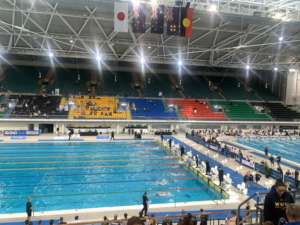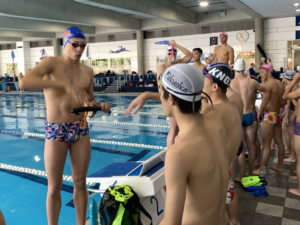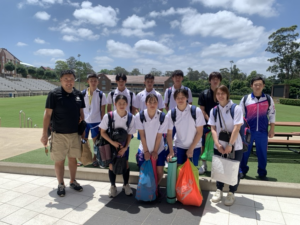 Located in the Tohoku region, in the northern part of Japan, Yamagata City was established as the capital of Yamagata Prefecture on 1 April 1889. The city is surrounded on all sides by magnificent mountains, and a variety of rich resources and regional culture have been cultivated to date.
Located in the Tohoku region, in the northern part of Japan, Yamagata City was established as the capital of Yamagata Prefecture on 1 April 1889. The city is surrounded on all sides by magnificent mountains, and a variety of rich resources and regional culture have been cultivated to date.
In Yamagata, you can enjoy attractions of the city in every season: viewing the cherry blossoms in full bloom at the historical castle in spring, the traditional Yamagata Hanagasa festival where people dance along the main street in summer, Imoni (taro and beef soup) festival on the riverbanks watching beautifully coloured leaves in autumn, and winter sports amid the Jyuhyo – famous Zao snow monsters – in winter.
You can enjoy its unique natural beauty, delicious local foods and the traditional culture of Yamagata City all year round.
In addition, the city can be described as a hot spring capital because there are many hot spring spots that you can enjoy during any season. Yamagata City is truly a hidden gem in Japan, as a place to eat, play and rest. Yamagata City sincerely wishes people in Australia and New Zealand would come to visit one day.
▪ 40th Anniversary of sister city relationship
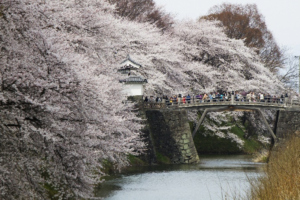 In 1980, Yamagata City formed a sister city relationship with Swan Hill City in Victoria, Australia. Since then, the two cities have been conducting friendly exchanges. After a few years’ halt due to the pandemic, the two cities resumed mutual exchanges by residents of each other’s cities in 2024 and celebrated the 40th anniversary of their relationship. When a delegation from Swan Hill visited Yamagata City in April, the cherry blossoms were in full bloom just in time for them, and participants were able to experience the Japanese tradition of viewing cherry blossoms while eating dango – a traditional Japanese dessert – and rice balls.
In 1980, Yamagata City formed a sister city relationship with Swan Hill City in Victoria, Australia. Since then, the two cities have been conducting friendly exchanges. After a few years’ halt due to the pandemic, the two cities resumed mutual exchanges by residents of each other’s cities in 2024 and celebrated the 40th anniversary of their relationship. When a delegation from Swan Hill visited Yamagata City in April, the cherry blossoms were in full bloom just in time for them, and participants were able to experience the Japanese tradition of viewing cherry blossoms while eating dango – a traditional Japanese dessert – and rice balls.
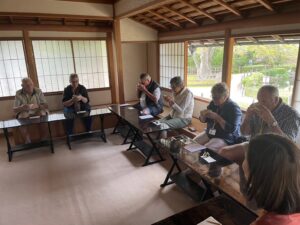 They also deepened their relationship through additional activities such as Japanese flower arrangement, tea ceremony, Haiku, wearing Samurai armour, and a hot spring foot bath. Yamagata City also hosted an event – An Evening with Australian Wine – where people from the two cities met and greeted each other while enjoying a special dish of Australian lamb and carefully selected Australian wines. It was a great opportunity to strengthen the bond at the local level.
They also deepened their relationship through additional activities such as Japanese flower arrangement, tea ceremony, Haiku, wearing Samurai armour, and a hot spring foot bath. Yamagata City also hosted an event – An Evening with Australian Wine – where people from the two cities met and greeted each other while enjoying a special dish of Australian lamb and carefully selected Australian wines. It was a great opportunity to strengthen the bond at the local level.
In October, a delegation led by Yamagata City Mayor visited Swan Hill Rural City, and they spent a meaningful time experiencing the Australian daily life and culture through the exchange programs featuring inspections of large-scale farms, Australian food, and dancing Hanagasa dance all together with the hosting party.
▪ Yamagata Garden
The Swan Hill Yamagata Garden on the bank of the Little Murray River in Swan Hill Rural City was opened to commemorate the 40th anniversary of the sister city relationship. The garden was architecturally designed and built by Swan Hill Rural City with some advice from Yamagata City, and includes a couple of elements resembling the essence of Yamagata City in honour of the relationship between the two cities. For example, almond trees are used to represent the Yamagata cherry blossoms, and the history of the sister cities is expressed in the Japanese-style stone pathways.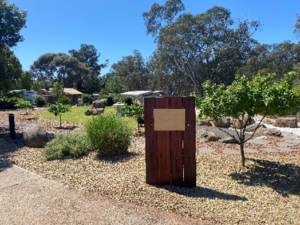
During this visit, Yamagata City presented Swan Hill Rural City a plaque which is specially made with Yamagata Imono – traditional metal casting, and the plaque was placed in the garden. Yamagata metal casting is made of copper which will age nicely with rustic colours, and it is said to last a thousand years. Please check out the garden and the plaque if you have a chance to visit Swan Hill.
▪ Cross-generational exchange
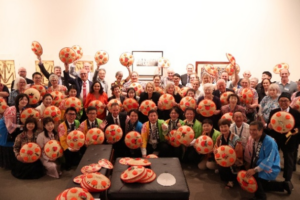 The main exchange is the short-term school exchange program with homestays for high school students. Over 600 students from both cities have experienced daily life and the culture of each other’s city to date. Some of them even chose careers in international relations because of this experience, which shows that this program due to their sister city relationship has an important role in the education field of Yamagata City and contributes to cultivating global awareness amongst the people of Yamagata City.
The main exchange is the short-term school exchange program with homestays for high school students. Over 600 students from both cities have experienced daily life and the culture of each other’s city to date. Some of them even chose careers in international relations because of this experience, which shows that this program due to their sister city relationship has an important role in the education field of Yamagata City and contributes to cultivating global awareness amongst the people of Yamagata City.
Moreover, there are exchanges that go beyond generations, for example, some members of the host families for the program later participated in the residents’ delegation visits. In fact, the current mayor of the Swan Hill Rural City Council was one of the students who took part in the exchange program and stayed in Yamagata City before.
▪ Yamagata City is looking forward to your visit!
Yamagata City, having a close relationship with Australia as mentioned above, wishes that the friendship with Swan Hill Rural City will further deepen through the continuation of the sister city exchange, and is committed to hand over this wonderful international bond to the next generation.
Yamagata City also hopes that people visiting Japan extend their visit to explore Yamagata. You can surely encounter the beautiful natural scenery which changes colours in every season, delicious cuisine and warm-hearted people in Yamagata City who have cherished the international friendship with Swan Hill.
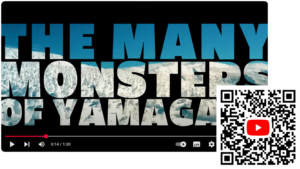
[Video] The Many Monsters of Yamagata (English)
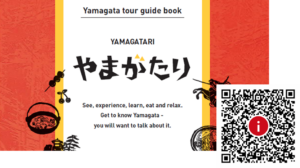
Yamagata Tour Guide Book (English)
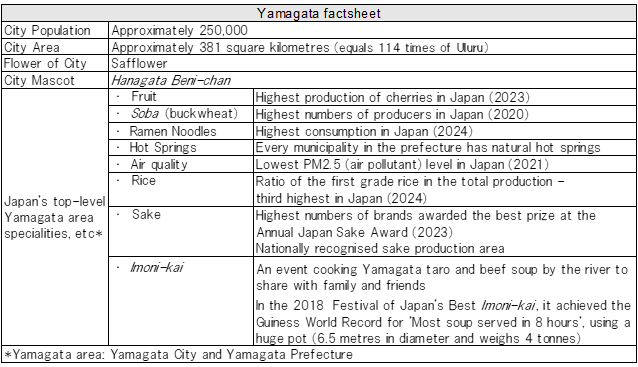
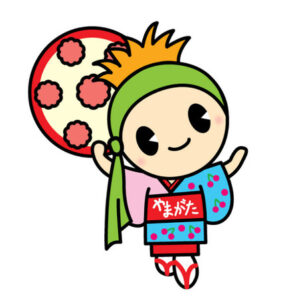

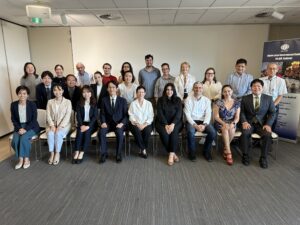
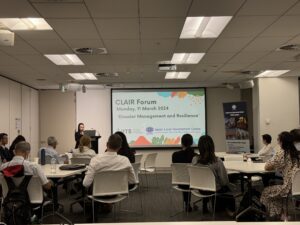
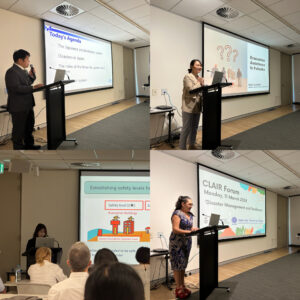
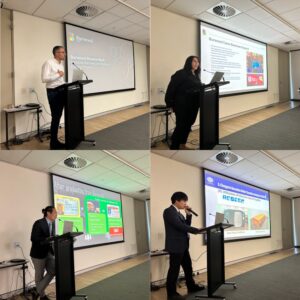
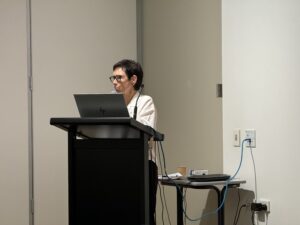
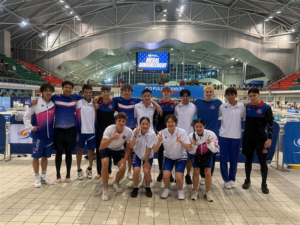 From the 3rd to the 13th of December, eight selected swimmers from the Fukuoka Swimming Association visited NSW, where they participated in joint training sessions with a local school and competed in the 2024-25 Speedo NSW Senior State Age Championships.
From the 3rd to the 13th of December, eight selected swimmers from the Fukuoka Swimming Association visited NSW, where they participated in joint training sessions with a local school and competed in the 2024-25 Speedo NSW Senior State Age Championships.